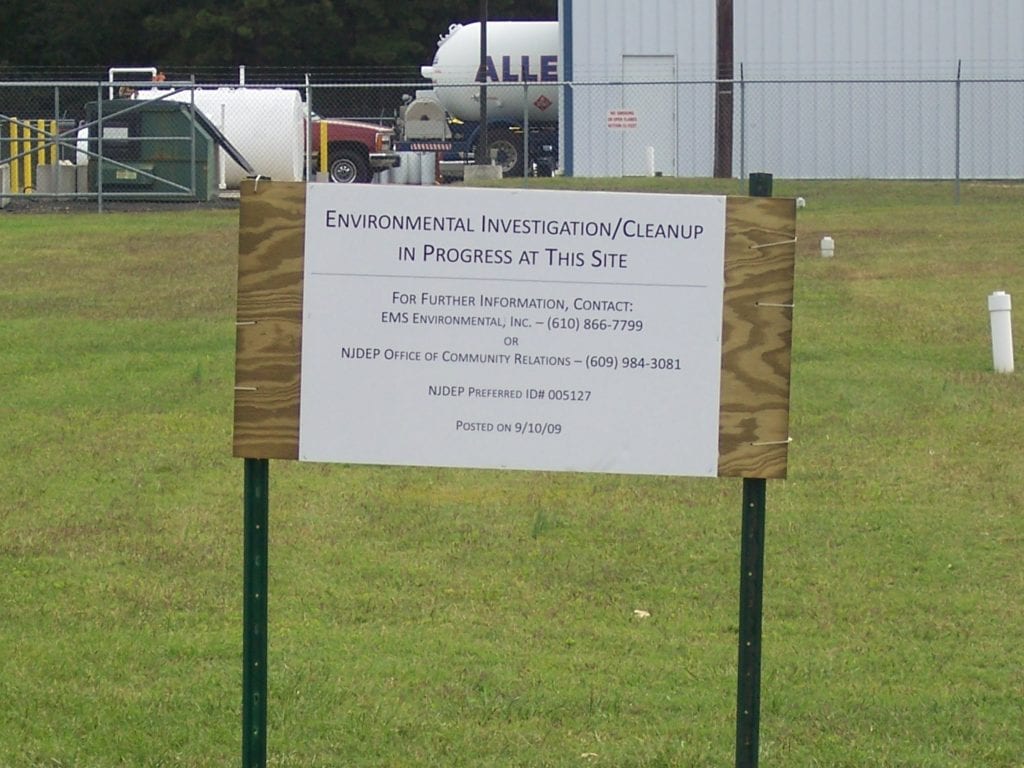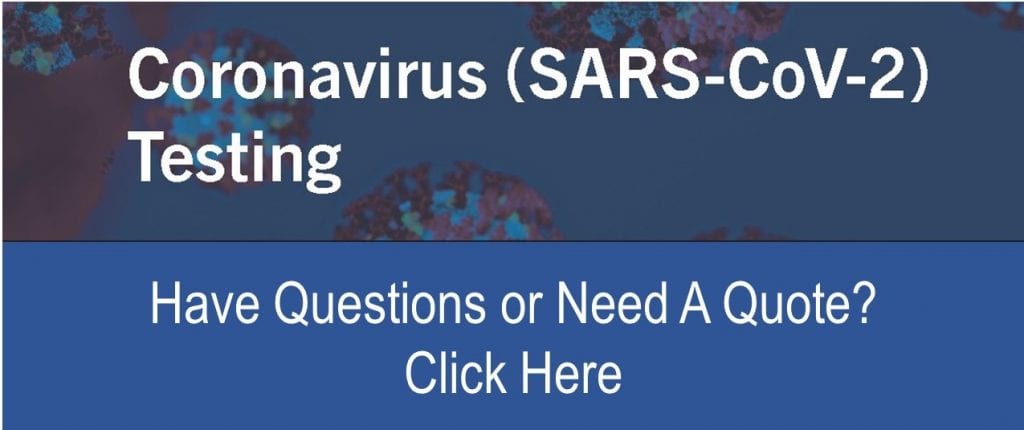
Do you have a property with an old underground storage tank (UST) where there might an issue with soil and groundwater contamination? Perhaps you have a documented spill? Maybe you already have a letter from a regulator telling you to conduct remediation? If so, you are not alone. There are hundreds of thousands of these types of properties all over the country.
Environmental cleanup costs due to leaking USTs can be astronomical and remediation might take decades. Decades of decreased property value and continuing costs.
I am not talking about cleaning up small surface spills where you can throw down some speedy dry and call it a day. Anyone can do that. I am talking about major spills where fuel losses are in the 50 – 50,000 gallons range. Fuel losses caused by spills from leaking underground storage tanks, years of accumulated overfills, leaking pipes, leaking overspill devices, leaking remote fills, leaking dispensers and major fueling errors.
Every consulting company claims they can close LUST sites because they “understand” the regulations, have “close relationships” with regulators and have the “best” employees. But achieving exceptional results takes more than that. It takes a strategic mindset and company culture focused on the big picture. Liability protection, regulatory compliance and a remedy that has the least financial impact to your business.
Here are my 3 secrets for getting regulatory closure:
- Utilize technology
The world is changing. Automation and predictive analytics are becoming commonplace in every industry and the environmental business is no exception. Really smart people utilize new automated data management and reporting tools to increase workflows, eliminate human errors and save time. They use automation tools to perform routine tasks and focus their talents on making the best technical, and financial decisions to bring regulatory issues to a conclusion.
Here is a bonus secret: Automation technology lowers reporting costs.
- It is not a science experiment
Most UST owners are not governments. They do not have the funds to experiment with unproven technologies. Don’t get me wrong, innovation is important – just let someone else pay for it. There are plenty of published experiments funded by government agencies and remediation technology manufacturers. Utilize an appropriate, proven, cleanup technology for your particular situation.
Conversely, do not select a consultant who is beholden to a particular remediation technology or method. Make sure they utilize the best tools available to meet your financial and regulatory objectives.
Here is a bonus secret: When a remediation project is started, the main goals should be to attack the source area and protect sensitive receptors. As cleanup progresses, there will come a time where the initial remediation technology will no longer be cost-effective. It is important to recognize this inflection point and adjust or adopt new technology accordingly. Consultants who do not recognize this key metric may be unnecessarily adding to your cleanup costs.
- Celebrate every closure
Face it, consultants have an incentive not to close projects. When a site is cleaned up, the money stops! Great consultants realize most of their business is either repeat business or referral-based business. For me, the real incentive for achieving spectacular results is when our clients give us new projects or referrals for new business.
Here is a bonus secret: Does it work? We have used this philosophy to obtain regulatory closure at over 300 gas station remediation projects!

